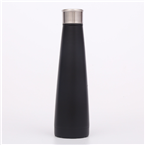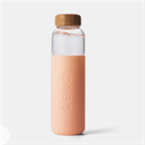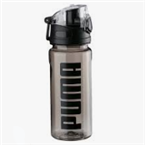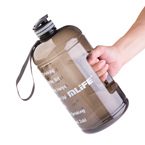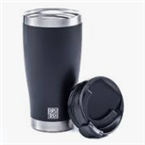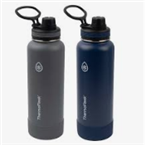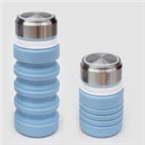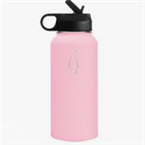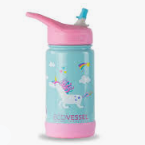The insulated water bottle is generally a water container made of ceramic or stainless steel with a vacuum layer, with a lid on the top and a tight seal. The vacuum insulation layer can delay the heat dissipation of liquids such as water inside to achieve the purpose of heat preservation.There are many varieties of stainless steel vacuum flasks on the market, and the prices vary greatly. For some consumers, they do not understand the principle and often spend a lot of money to buy products that are not satisfactory.
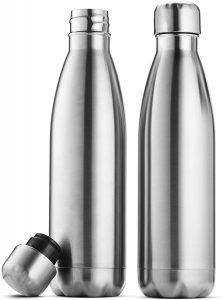
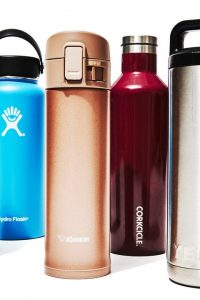
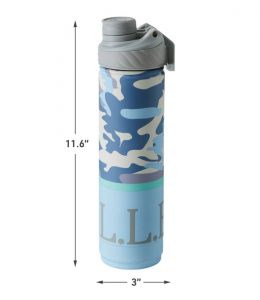
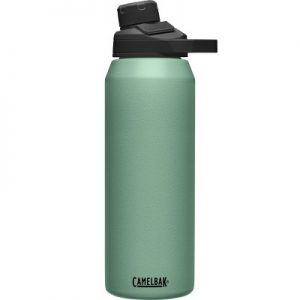
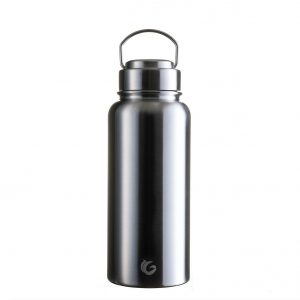
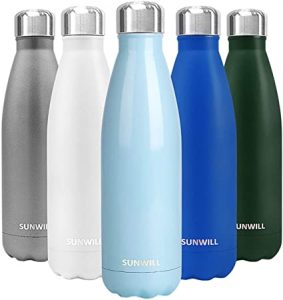
How can I buy a high-quality insulated water bottle? There ae 5 ways to distinguish it:
Simple identification method of vacuum insulation performance
Sealing performance identification method
Plastic Parts Identification Method
Simple capacity identification method
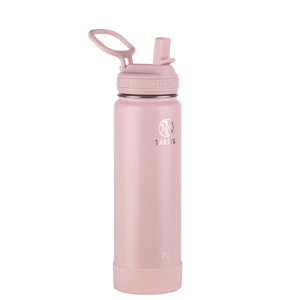
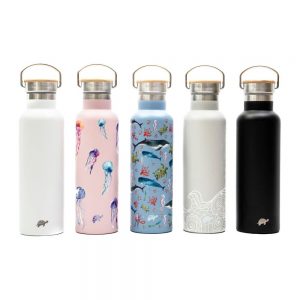
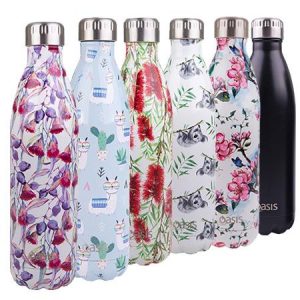
Simple identification method of vacuum insulation performance introduce.
Pour boiling water into the thermos cup and tighten the cork or lid clockwise for 2-3 minutes, and then touch the outer surface of the cup with your hand. If the cup body has obvious warming, it means that the product has lost its vacuum and cannot reach a good level. Insulation effect.
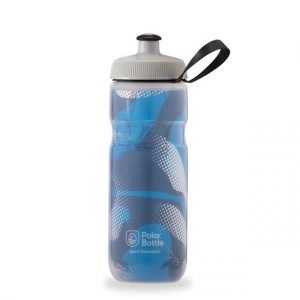
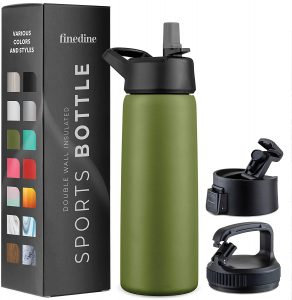
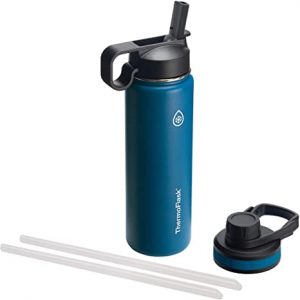
Sealing performance identification method introduce.
After adding water to the cup, tighten the cork and lid in a clockwise direction, and place the cup flat on the table without water leakage; the screwing of the lid and the mouth of the cup should be flexible and there should be no gap.
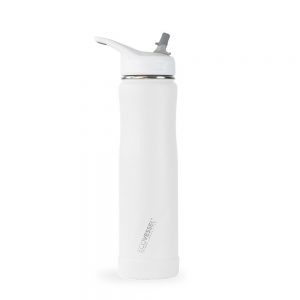
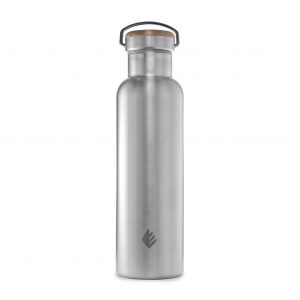
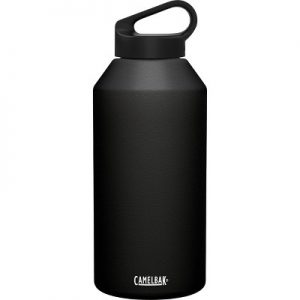
Plastic Parts Identification method introduce.
The characteristics of new food-grade plastics are small smell, bright surface, no burrs, long service life and not easy to aging. Ordinary plastics or recycled plastics are characterized by big smell, dark color, many burrs, and plastics are easy to age and break easily.
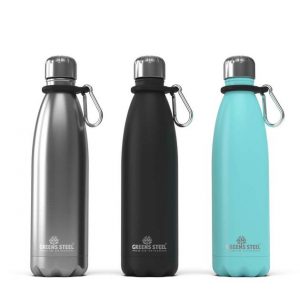
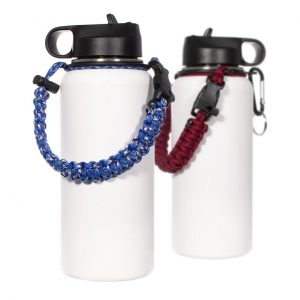
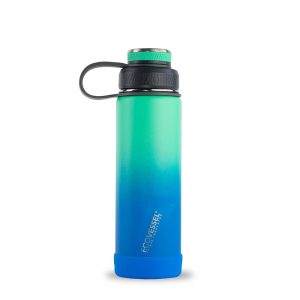
Simple capacity identification method
The depth of the inner tank is basically the same as the height of the outer shell, and the capacity (with a difference of 16-18MM) is in line with the nominal value. Some low-quality vacuum flasks add sand and cement blocks to the cup to make up for the missing weight. Misunderstanding: A heavier cup (pot) is not necessarily good.


